About Situation Expert
You learn and become an expert faster when you
“Learn Through Work.”
To view more videos for owners, participants and team members and simple steps, click here.



We define expertise as capacities to “think through” problems and finding solutions. Anyone who “knows something” and “can do something” is an expert in his/her own area. He or she can contribute and share expertise no matter how narrow or expansive.
Situation Expert
impacts work directly
Sitches (Situations) help in the following ways:
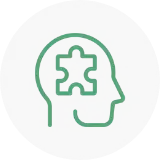
Fix, solve, and improve work issues.



Create reliable and dependable answers to work problems.

We believe
“Through Work We Learn”
Situation Expert™ enables workers to learn on the job by immersing them in real work situations. It empowers learners and teams to tackle real-world challenges through hands-on experience and reflection, quickly transforming them into situation experts.
Situation Expert (TM) supports continuous self-learning, analytical thinking and creative problem-solving, and measurement of work impacts.
While at Work – To Fix, Solve and Improve Issues
Use the system anytime and anywhere to build expertise. Share experiences and seek help or assist others in:
Projects


Add Real-Life Situations in Formal Learning to Help Learners Apply Ideas
Engage and help learners learn. Add in-depth discovery and meaningful real-life exercises in:
The Process
The process starts with identifying a situation (Sitch). Workers and learners can then do Deep Dive Thinking and analyze the causes using a variety of tools. They can also provide solutions or search ideas in from other members’ experiences. Finally, workers and learners can post successes and impacts.
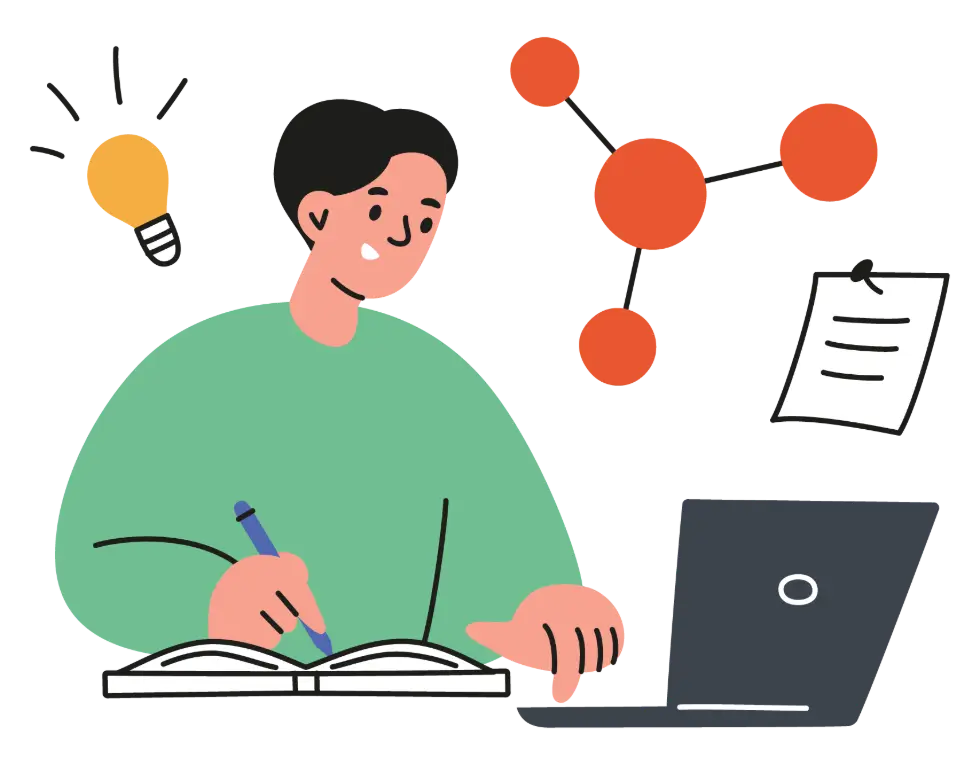
1 Start with a work situation
Tools include 80/20 Rule, Frames, Mapping, 5 Whys, Consequences
Learn from Curated Content, Tips, Guides, FAQs, Etc
Reports include Analytics on Applications, Insights, Network, Expertise

The Sitch (Situation)
A Sitch can be a challenge that the company/organization is facing or needing to reach out for help in solving. Sitches are situations, jams, issues, errors, gaps, troubles, stoppages, employee challenges and many others to fix and solve. They are also opportunities to improve, grow, expand, and introduce better, faster and cheaper ways to get the desired results.
Instant Thinking
After you create or review the Sitch, enter your Instant Thinking. Instant Thinking are initial thoughts, intuitions, gut feels, guesses, preliminary ideas, sometimes half-baked ideas but are helpful in brainstorming. These are based on your first impressions and instant recall of whatever memory you may have. In Deep Dive Thinking, you will do more deliberate thinking.
Deeper Learning
Fix Sitches with the help of the different available Actions which enable analysis, critical thinking, assessments, visualizing, seeking patterns, learning from others, sharing work and collaboration. There are 20 Deep Dive Thinking Tools.
Analysis

Fishbones
Finding the causes for the Sitch. This helps clarify what to focus on when you fix, change or improve the Sitch. It focuses your attention on the right things.

80/20 Ideas

Sketches

Frames

Group Think Comments
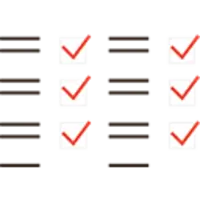
Pros and Cons

What Ifs

Improving Work

Risk Analysis

Identifying Items

Interactions

Consequence Thinking
Every action has effects and consequences. This tool helps learners determine information on near, medium, or long-term consequences of the first, second, or third order of consequences.
Discoveries
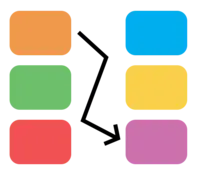
Item Matching

5 Whys

Answers & Solutions
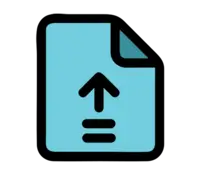
Submissions

Research

Importance
Solutions

Checklists

Videos

Downloads

Links

Workarounds
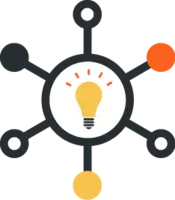
Mapping Ideas
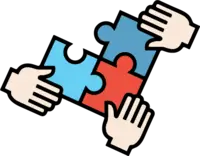
Contributions

Scaling Capability

Go / No Go

Troubleshooting
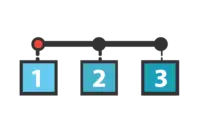
Steps / Procedures

Insights
Allows the learner and worker to reflect on ideas, their insights, and their applications. The tool helps further understanding and leads to the transfer of knowledge and results in similar or related problems.
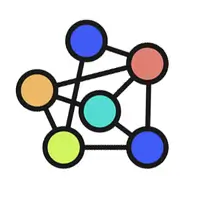
Networks
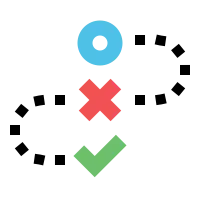
Testing, Trial & Error

Communication Charts
Impacts

Impacts
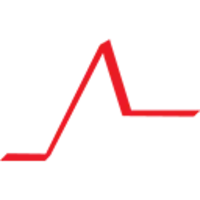
Stories
Sense Making
Sense Making is capturing the essences of the patterns and connections of ideas that you think are valuable. This is a synthesis of the key ideas you learned from the Sitch. Others call this also as the “takeaways.”

Series
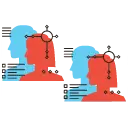
Groups

Stats

Path2x

GET IN TOUCH
